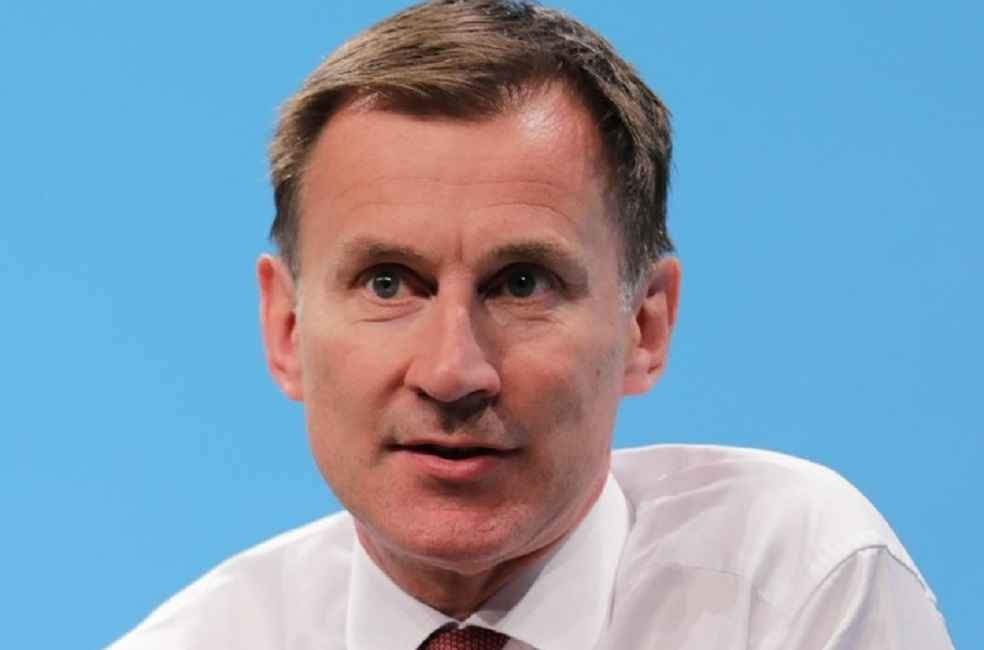London, UK: The official figures have shown that UK government borrowing is nearly £20 billion ($27 billion) lower than anticipated for the first half of the current fiscal year but it remains high.
In the past month, borrowing stood at £14.3 billion ($19 billion). This was £1.6 billion ($2.1 billion) less than the same month the previous year but marked the sixth-highest September borrowing since records started in 1993. These numbers come ahead of the November Autumn Statement, but it appears that tax cuts to alleviate the burden on families are improbable.
Experts downplayed the possibility of pre-election tax cuts or increased spending, expressing concerns about a significant surge in government borrowing costs. This could pose challenges for Mr. Jeremy Hunt, the Chancellor of the Exchequer, in achieving his debt reduction goals five years from now.

“This is clearly not sustainable, we need to get debt falling and reduce public sector waste so that those delivering public services can get back to what they do best, teaching our children, keeping us safe, and treating us when we’re sick,” remarked Mr. Jeremy Hunt.
Statistics from the Office for National Statistics indicated that public sector net borrowing for September 2023 was £14.3 billion ($19.5 billion). This amount was £1.6 billion ($2.1 billion) less than the previous year’s figure and below the expectations of City economists.
The September 2023 borrowing figure was affected by a more significant than anticipated decrease in the retail price index measure of inflation, which is linked to index-linked government borrowing. This reduction contributed to lowering the Treasury’s debt servicing expenses.



